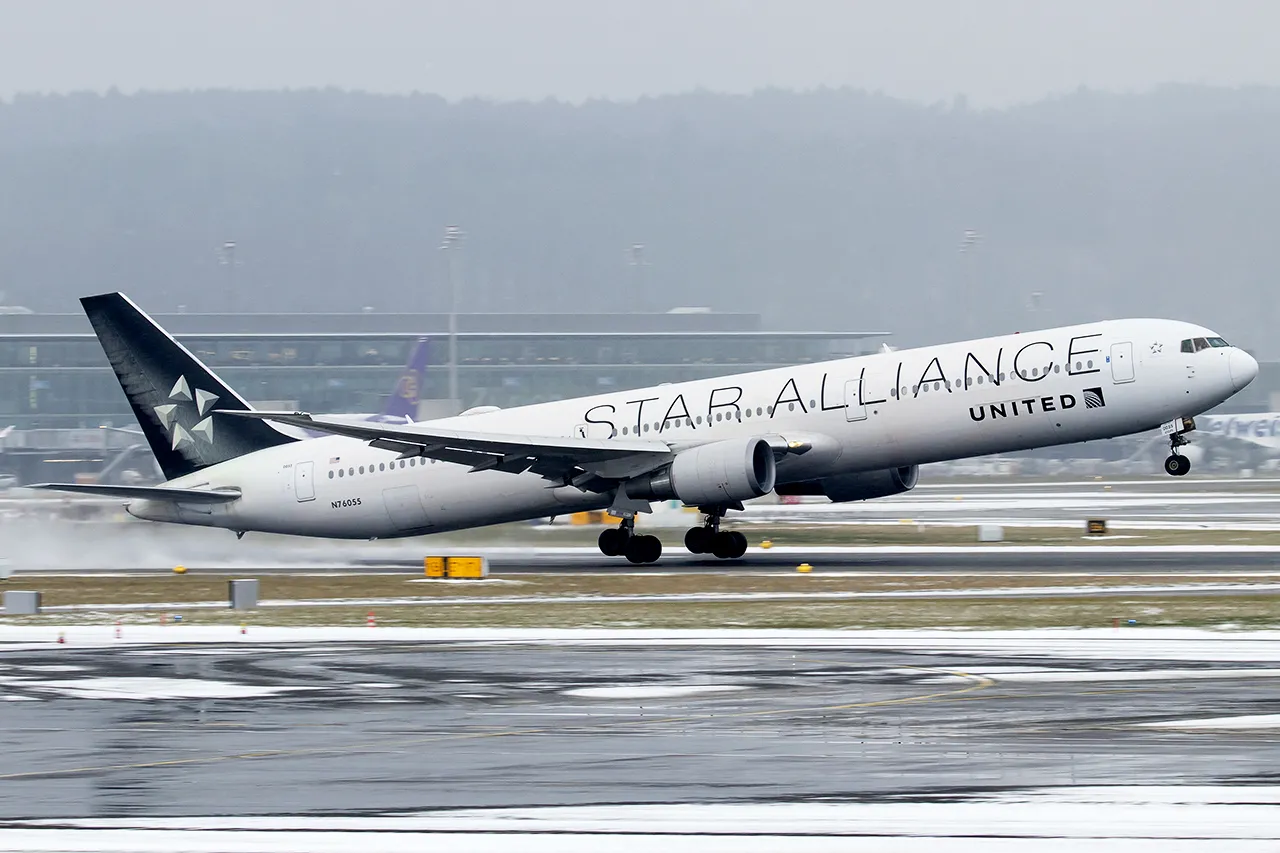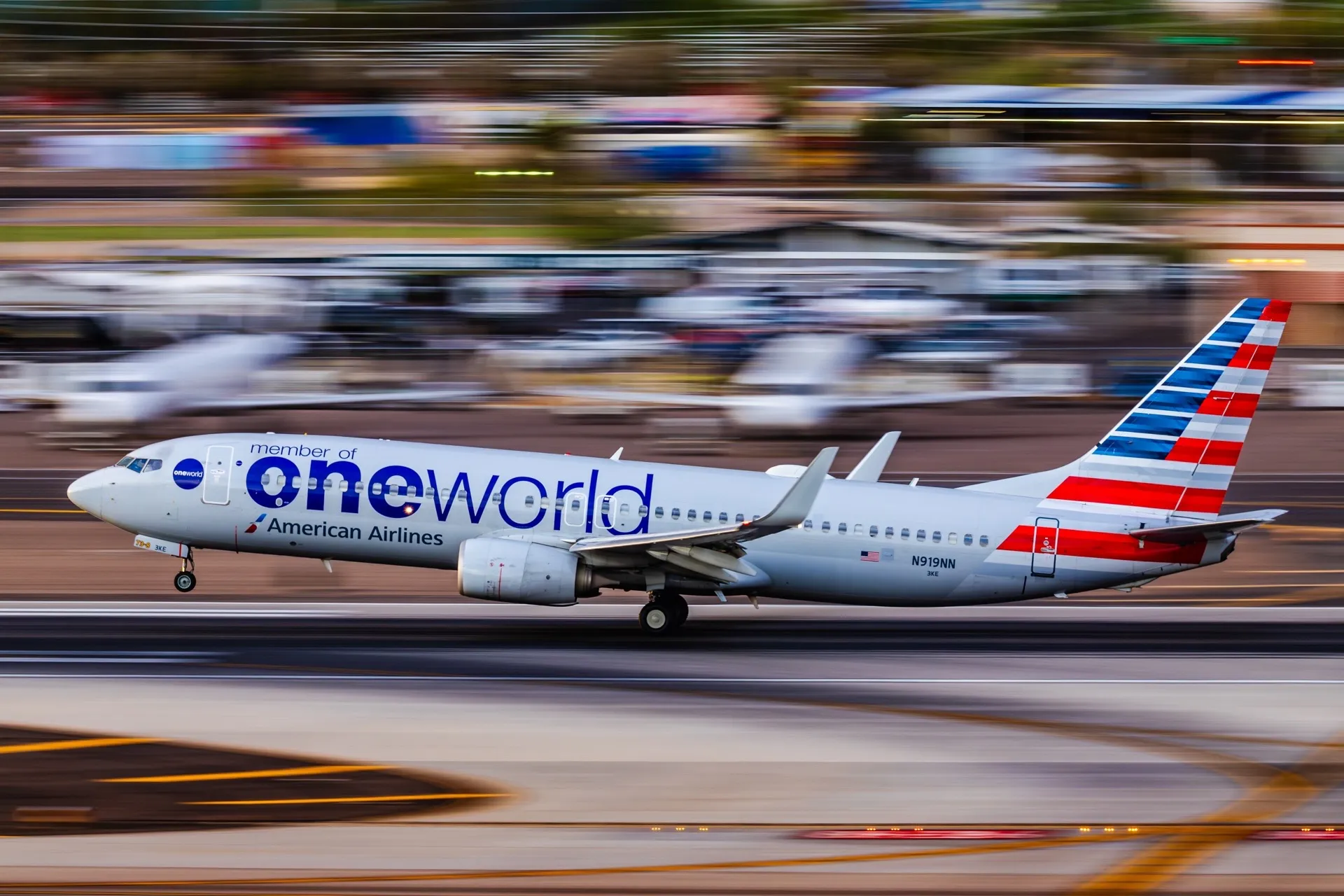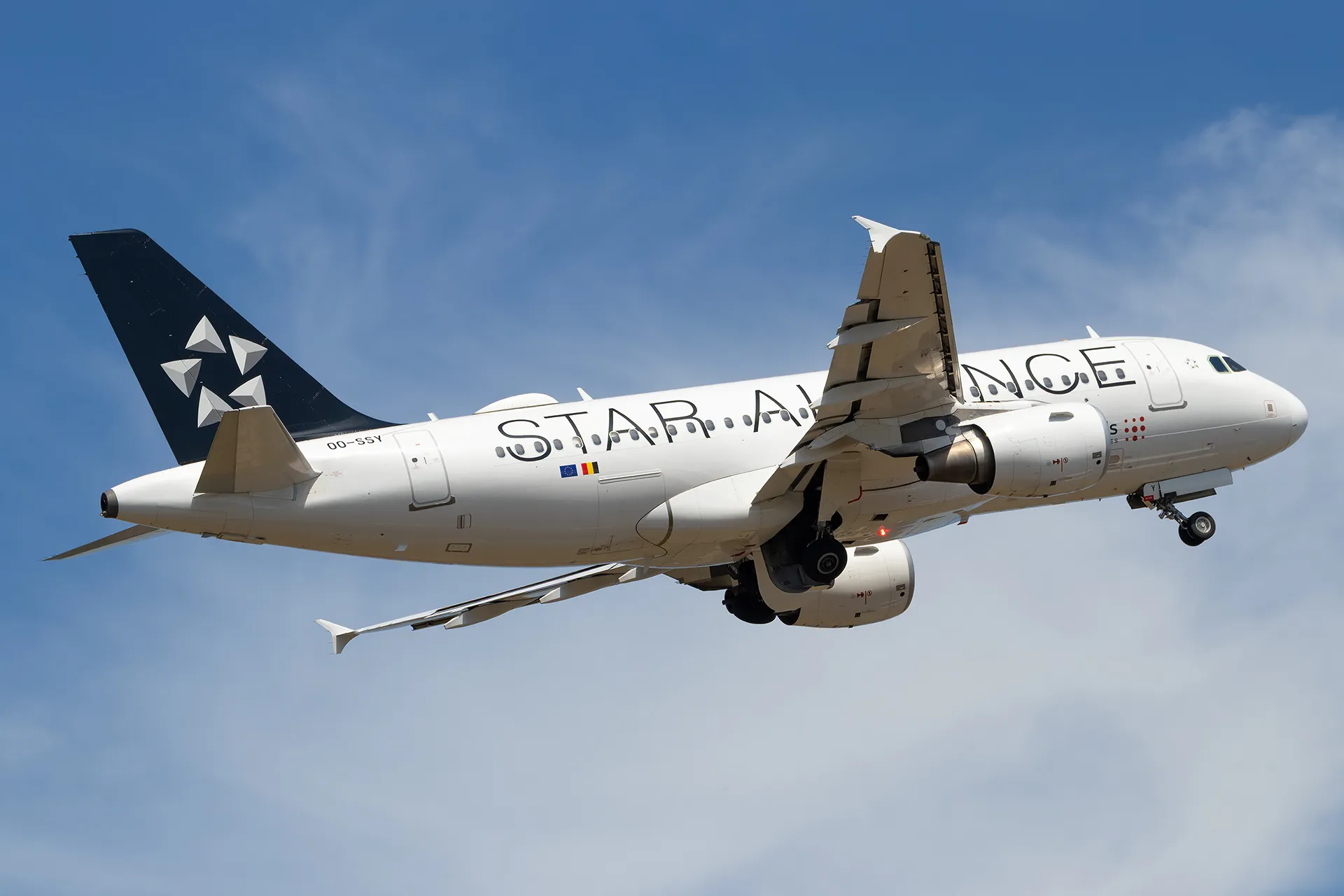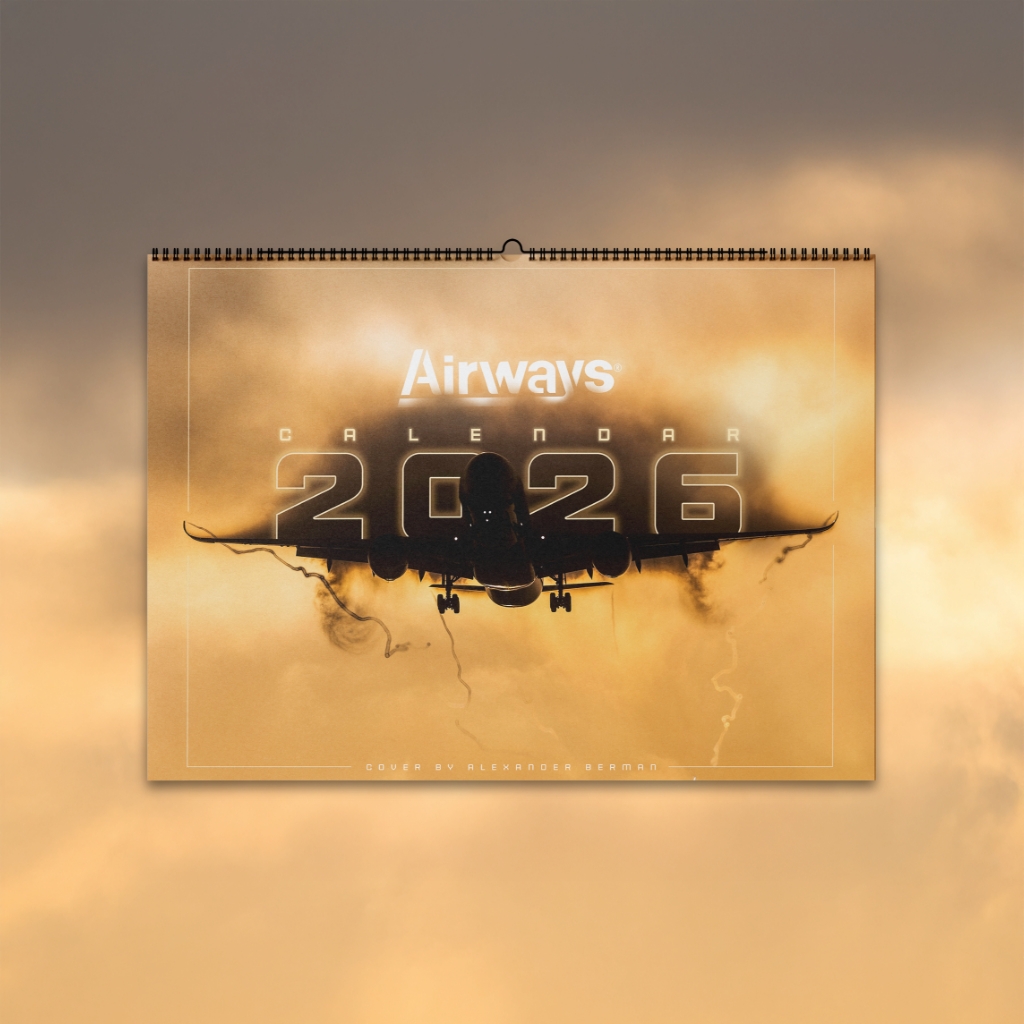DALLAS — Ever wondered how you can fly halfway across the world on multiple airlines, with just one ticket? That's the power of Airline Alliances, Codeshare and Interline deals working quietly behind the scenes!
While they differ in scope and how deep the partnership goes, the core principle is the same: collaboration between airlines to make your travel experience smoother.
In this article, we’ll break down what each of these terms means, how they differ from one another, why they matter, and how they work together to make your journey as smooth and seamless as possible.
Codeshare Agreements
Codeshare agreements are usually between two airlines and are more limited in scope compared to airline alliances, but they still offer many benefits. In a codeshare agreement, one airline can sell tickets for flights operated by another carrier under its own flight number.
Let’s say you want to fly from New York to Moscow, Russia. Due to the ban on Russian carriers flying to the U.S., you’ll likely need a connecting flight. Normally, you might have to book the connecting flight separately — for example, New York to Istanbul, and then Istanbul to Moscow, which would mean buying two separate tickets, checking in twice and manually collecting and rechecking your baggage.
But if your airline has a codeshare agreement with the second carrier, you can book the entire trip on one ticket. Your baggage will be automatically transferred to the connecting flight, and you won’t need to go through the hassle of rechecking it at the transit airport.
Sometimes, the entire journey is operated by a different airline than the one you booked with. This is common in codeshare partnerships. You might purchase a ticket through Airline A, but the actual flight is entirely operated by Airline B, using their own aircraft, crew, and services, even though the flight number belongs to Airline A. This allows airlines to offer routes they don't actually fly, giving passengers access to a much wider network without needing to book multiple tickets or change terminals.
What Are Airline Alliances?
Airline Alliances are the most advanced form of collaboration in the commercial aviation world. The alliances usually consist of multiple carriers all working together, expanding their networks and sharing resources to make your journey more comfortable. Airline alliances go beyond just flying on a single ticket or not having to recheck your baggage.
Travellers flying on carriers that are part of alliances can benefit from lounge access and frequent flyer program integration, allowing passengers to earn and redeem miles across all partner airlines. Alliances also offer Round-the-World (RTW) tickets, allowing you to visit multiple continents using a single ticket from a single alliance. Lastly, in case of delays or cancellations, passengers are more likely to be rebooked quickly on another alliance airline, ensuring smoother travel during disruptions.
Currently, there are three major alliances:
One World Alliance has 15 member airlines, which include giants such as American Airlines (AA), British Airways (BA), Qatar Airways (QR), and Oman Air (WY), with Oman Air being its latest member. It is currently the third-largest alliance in the world. It was founded in 1999 by American Airlines, British Airways, Canadian Airlines (now defunct), Cathay Pacific (CX), and Qantas (QF). The alliance operates over 4.6 million flights annually and flies to more than 900 destinations worldwide. One World is also the only alliance to offer its member airlines’ most loyal customers use of first-class lounges and check-ins regardless of the booking class.
The SkyTeam alliance currently has 19 member airlines, which include major global carriers such as Delta Air Lines (DL), Air France (AF), and KLM Royal Dutch Airlines (KL), among others. It was founded in 2000 by DL, AF, AeroMéxico (AM), and Korean Air (KE). The alliance offers access to over 1,000 destinations in more than 160 countries and provides members with access to more than 750 airport lounges worldwide.
Star Alliance is the oldest and largest of all three major alliances in the world. It currently consists of 26 member airlines, which include some of the most recognized carriers, such as Lufthansa (LH), United Airlines (UA), Turkish Airlines (TK), and Singapore Airlines (SQ). The alliance was founded in 1997.
These are the three major global airline alliances. While smaller alliances, such as the U-Fly Alliance and the Value Alliance, also exist, they are more regional in scope.

Interline Agreements
Interline agreements are the most basic form of collaboration between two airlines. They are a lighter or toned-down version of codeshare agreements. When two carriers enter an interline agreement, they agree to handle each other’s baggage and check-in, allowing passengers to travel on multiple airlines using a single ticket.
However, unlike codeshare flights, where one flight may be marketed under a single flight number by both carriers, interline flights will have different flight numbers for each airline involved. Additionally, frequent flyer miles are usually not earned or shared between interline partners, unlike some codeshare agreements or airlines that are part of a global alliance.
What's the Difference?
You might wonder: what’s the difference between all three — alliances, codeshare, and interline agreements? As explained earlier, the core principle remains the same: collaboration between airlines, but they differ in the scope and depth of their partnership.
In an airline alliance, there are typically several member airlines working together on a much deeper level.
For example, even if the airline you’re flying with doesn’t have a lounge at a particular airport, you might still get access to a partner airline’s lounge within the alliance. You can also earn and redeem frequent flyer miles across all member airlines. Additionally, alliances often coordinate schedules, streamline connections, and improve the overall passenger experience through standardized services.
Most of these benefits are absent in standard codeshare and interline agreements, which tend to be more limited in scope and privileges.
The main difference between a codeshare and an interline agreement is that in a codeshare, airlines market and sell each other’s seats under their own brand and flight number..
In contrast, an interline agreement is more basic. Airlines do not sell each other’s seats under their name. Instead, they simply agree to handle each other’s baggage and allow passengers to book a whole journey across multiple carriers on a single ticket.

What’s in It for Airlines?
Beyond just helping passengers, these agreements, especially codeshare and interline, enable airlines to expand their network and enhance the travel experience without incurring significant costs for new aircraft or routes.
For instance, if an airline wants to serve a destination with low or inconsistent demand, instead of purchasing a new aircraft and deploying crew, which is both expensive and resource-intensive, it can simply enter into a codeshare or interline agreement, or even join a global alliance.
In some cases, where the airline is not permitted to operate in a particular country due to geopolitical restrictions or safety bans, these agreements offer a strategic workaround. By partnering with another carrier, the airline can continue to serve its passengers on those routes without losing market share to competitors.
This approach enables airlines to offer more destinations through partnerships, enhance connectivity, and increase seat occupancy on existing flights. Ultimately, it helps boost load factors, reduce operational risks, and drive higher revenue with minimal investment.
What Happens When Things Go Wrong?
Flight operations don’t always go as planned. Unexpected delays or cancellations can disrupt your schedule, especially if you have a connecting flight booked through a codeshare, interline agreement, or airline alliance. So, which airline should you contact when things go wrong?
The key is to reach out to the operating carrier, the airline that is flying the plane. They are responsible for handling delays, cancellations, compensation, and rebooking. Even if you booked your ticket through a different airline, the operating carrier will be the one assisting you when your travel plans get disrupted.
Codeshares, alliances, and interline agreements have become essential for both airlines and passengers. While each type differs in scope, they all aim to make your journey as seamless and comfortable as possible.
The next time you're booking a multi-leg journey, understanding these agreements can help you make smarter choices and avoid unnecessary stress, especially when things don’t go as planned. So when you see “Operated by…” on your ticket, you’ll know exactly what it means and why it matters.



.webp)
